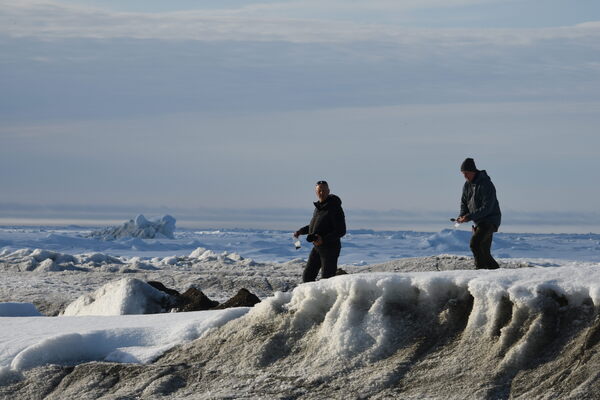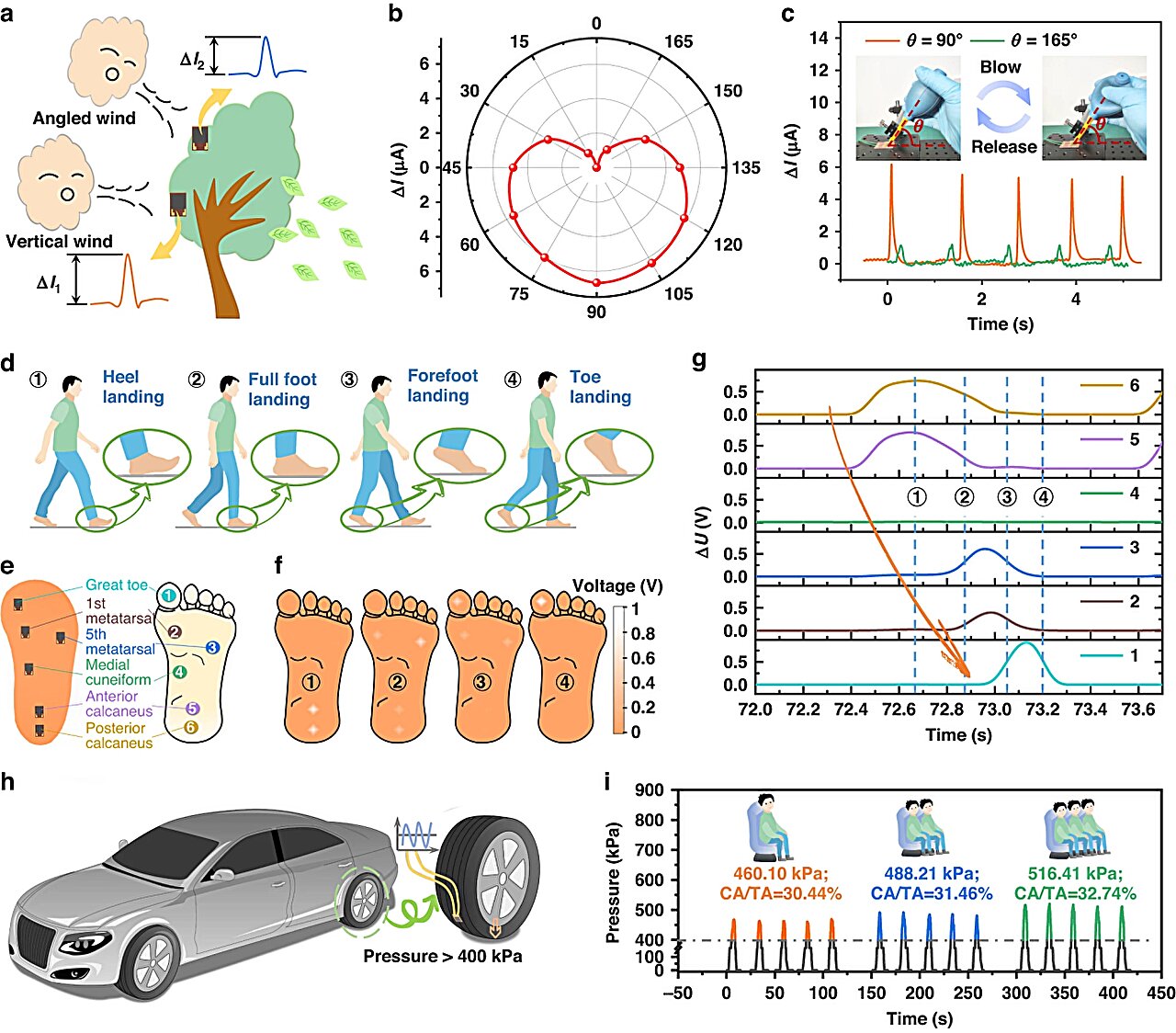
MOSAiC Expedition - Wikipedia
The Multidisciplinary drifting Observatory for the Study of Arctic Climate (MOSAiC, /ˌ m ə ʊ ˈ z ɛ ɪ ɪ k / ) expedition was a one-year-long expedition into the Central Arctic (September 2019 - October 2020).[1][2] For the first time a modern research icebreaker was able to operate in the direct vicinity of the North Pole year round, including the nearly half year long polar night during winter.[3] In terms of the logistical challenges involved, the total number of participants, the number of participating countries, and the available budget, MOSAiC represents the largest Arctic expedition in history.[1]
During its one-year-long journey, the central expedition ship, the research icebreaker Polarstern from Germany's Alfred Wegener Institute, Helmholtz Centre for Polar and Marine Research (AWI), was supported and resupplied by the icebreakers and research vessels Akademik Fedorov and Kapitan Dranitsyn (Russia), Sonne and Maria S. Merian (Germany) and Akademik Tryoshnikov (Russia).[4] In addition, extensive operations involving helicopters and other aircraft were planned.[2] In total, during the various phases of the expedition, more than 600 people were working in the Central Arctic.[5] The international expedition, which involved more than 80 institutions from 20 countries, was conducted by the AWI and was led by the polar and climate researcher Markus Rex. MOSAiC's main goals were to investigate the complex and still only poorly understood climate processes at work in the Central Arctic, to improve the representation of these processes in global climate models, and to contribute to more reliable climate projections.[6]
The expedition cost 140 Million Euros (approximately 154 Million USD); half of the budget was provided by the German Federal Ministry of Education and Research (BMBF). U.S. participation was primarily supported by the National Science Foundation, which contributed roughly $24 million to the project, making among the largest Arctic research initiatives the agency has ever mounted. The Department of Energy was also highly invested in the mission, funding nearly $10 million and providing the largest suite of atmospheric instruments.














/cdn.vox-cdn.com/uploads/chorus_asset/file/25417835/51684715392_2615642caa_o.jpg)



